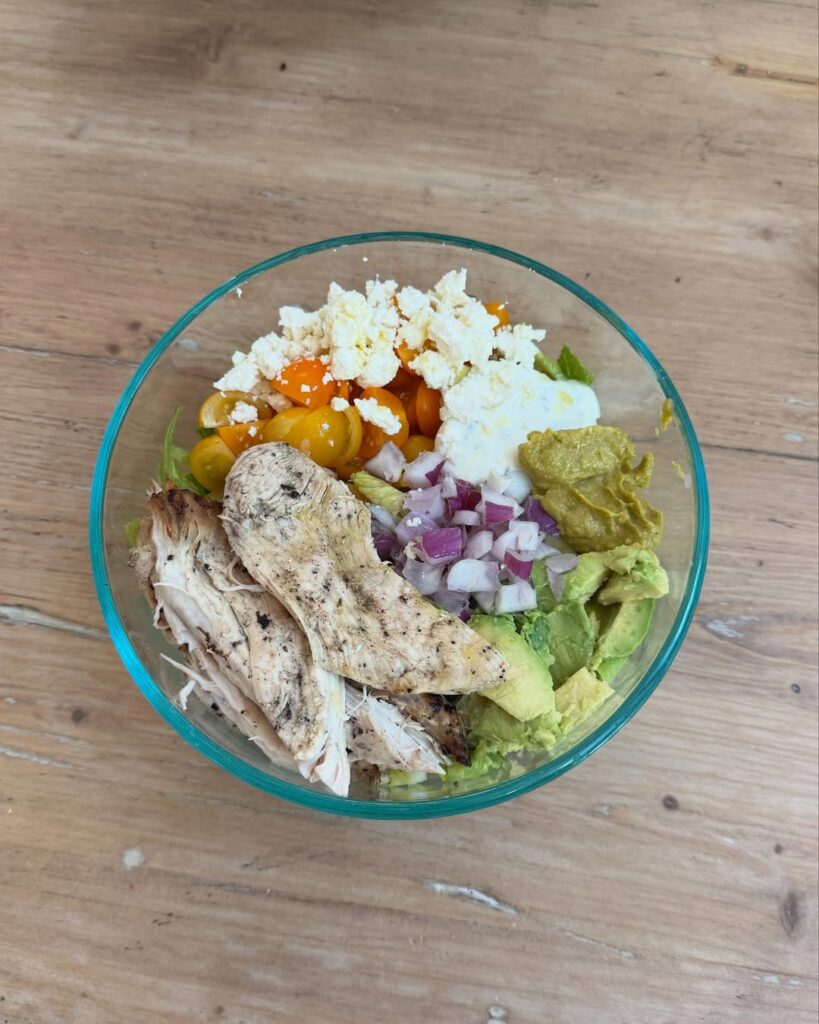In today’s fast-paced world, it’s easy to overlook the importance of taking care of our bodies. With long hours at work, the lure of fast food, and the temptation to relax in front of screens, many people find themselves leading sedentary lifestyles and making poor dietary choices. However, two of the most powerful and accessible ways to improve our health and quality of life are simple: exercise daily and eat healthy. These habits can transform not only how we look, but how we feel, think, and live.

The Foundation of a Healthy Lifestyle
Daily exercise and healthy eating form the foundation of a healthy lifestyle. When practiced consistently, they help maintain a healthy weight, prevent chronic diseases, boost mental health, and increase energy levels. Unlike short-term fixes or fad diets, these habits offer long-lasting benefits that touch every aspect of our lives—physical, emotional, and psychological.

Benefits of Daily Exercise
Regular physical activity is essential for overall health. The human body is designed to move, and exercise helps it function properly. Here are some of the main benefits of daily exercise:
- Weight Management: Exercise burns calories and helps regulate appetite. Combined with a healthy diet, it’s one of the most effective ways to maintain or achieve a healthy weight.
- Heart Health: Cardiovascular exercise strengthens the heart and improves blood circulation, reducing the risk of heart disease and stroke.
- Stronger Muscles and Bones: Strength training and resistance exercises build muscle and bone density, which are especially important as we age.
- Mental Health Boost: Exercise releases endorphins—natural mood lifters that can help reduce stress, anxiety, and depression.
- Better Sleep: Physical activity helps regulate sleep patterns and can improve the quality of sleep.
- Increased Energy: Regular movement boosts stamina and reduces feelings of fatigue throughout the day.

Types of Exercise
Incorporating variety in your workouts ensures that different parts of your body stay active and healthy. Common types of exercise include:
- Cardio (e.g., walking, running, cycling, swimming): Improves endurance and heart health.
- Strength Training (e.g., lifting weights, bodyweight exercises): Builds muscle and metabolism.
- Flexibility (e.g., yoga, stretching): Enhances range of motion and reduces the risk of injury.
- Balance Exercises (e.g., tai chi, balance drills): Important for stability, especially in older adults.
Even 30 minutes a day of moderate activity can make a significant difference. You don’t have to join a gym or buy expensive equipment—walking, dancing, or using stairs can be just as effective when done consistently.

The Role of Healthy Eating
While exercise is crucial, it’s only half the equation. What you put into your body matters just as much, if not more. A healthy diet fuels your body with the nutrients it needs to function at its best. It can prevent a host of chronic diseases such as diabetes, high blood pressure, and certain cancers.
What Does Healthy Eating Look Like?
A healthy diet focuses on balance, variety, and moderation. Here are some key principles:
- Whole Foods Over Processed Foods: Choose fruits, vegetables, whole grains, lean proteins, and healthy fats. Avoid foods high in sugar, salt, and unhealthy fats.
- Colorful Plates: Aim to eat a variety of colorful fruits and vegetables. Different colors represent different nutrients.
- Portion Control: Eating the right amount is as important as eating the right foods. Listen to your body’s hunger and fullness cues.
- Hydration: Water is essential for nearly every function in the body. Aim for at least 8 cups (2 liters) a day, more if you are active.
- Limit Added Sugars: Consuming too much sugar can lead to weight gain, diabetes, and other health issues. Opt for natural sources like fruits when craving something sweet.
- Healthy Fats: Include sources of unsaturated fats like olive oil, nuts, seeds, and avocados, and limit saturated and trans fats.

The Connection Between Diet and Exercise
Eating healthy and exercising daily work together to maximize your health. Exercise increases your body’s need for nutrients, and a healthy diet provides the fuel you need to stay active. For example, carbohydrates give you the energy for workouts, protein helps rebuild and repair muscles, and fats support cell function and hormone production.
Eating the right foods before and after workouts can improve your performance and recovery. Pre-workout meals that include complex carbohydrates and a bit of protein can boost energy levels, while post-workout meals help repair muscles and replenish energy stores.
Long-Term Benefits

Adopting a lifestyle of daily exercise and healthy eating pays off in numerous long-term ways:
- Disease Prevention: Reduced risk of heart disease, stroke, obesity, Type 2 diabetes, and some types of cancer.
- Longevity: Studies show that people who maintain these habits tend to live longer and with fewer health problems.
- Improved Quality of Life: Being active and well-nourished helps you feel better, move easier, and enjoy daily activities more.
- Better Mental Health: A healthier lifestyle supports mental clarity, focus, and emotional resilience.

Overcoming Challenges
Many people struggle to maintain healthy habits due to lack of time, motivation, or knowledge. Here are a few practical tips to overcome these obstacles:
- Start Small: You don’t need to change everything overnight. Start with short walks or swapping one unhealthy snack for a fruit.
- Set Realistic Goals: Set achievable goals like exercising three times a week or preparing one healthy meal per day.
- Plan Ahead: Meal planning and scheduling workouts increase your chances of following through.
- Stay Accountable: Work out with a friend or keep a journal to track your progress.
- Be Kind to Yourself: Everyone slips up. What matters most is getting back on track without guilt.

Creating a Routine
Consistency is the key to lasting change. Establish a routine that fits into your daily life and becomes second nature. Wake up 30 minutes earlier to exercise. Prep healthy meals on the weekend. Replace soda with water. Small, repeated actions lead to big results over time.
Make health a priority by viewing exercise and eating well not as chores but as self-care. The time you spend moving and nourishing your body is an investment in your future.
Conclusion
Daily exercise and healthy eating are powerful tools that can transform your life. Together, they build a strong foundation for physical health, emotional well-being, and long-term happiness. By moving your body regularly and fueling it with nutritious foods, you give yourself the gift of vitality, confidence, and resilience. You don’t have to be perfect—just consistent. Every step, every meal, and every workout counts. Start where you are, use what you have, and do what you can. Your body and mind will thank you.



